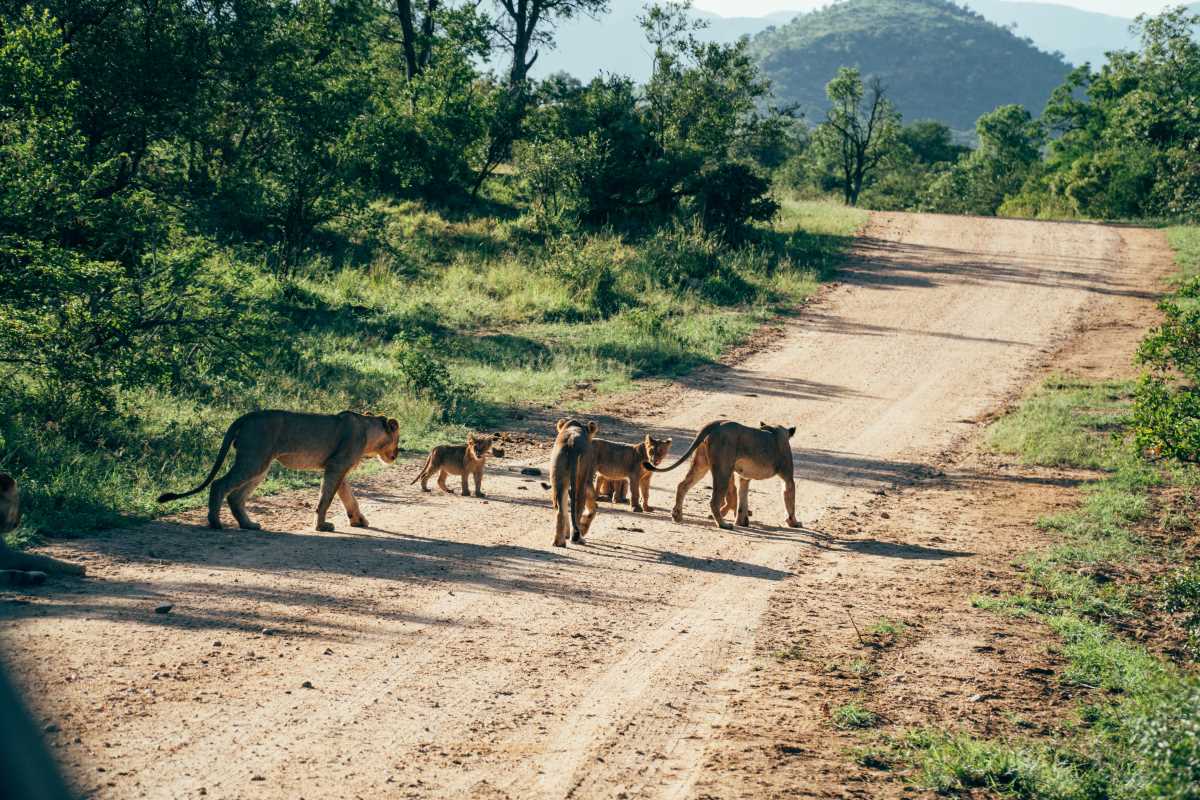Views of a giraffe calmly grazing among acacia trees come into focus as you explore a peaceful reserve far from crowded safari routes. Here, wildlife roams freely and close encounters feel personal, all without the rush of large tourist groups. Small, lesser-visited parks offer not just remarkable animal sightings but also genuine opportunities to connect with local cultures. Arriving prepared and showing respect for both the land and its people makes every visit more rewarding. This guide helps you organize a smooth trip, make considerate choices while exploring, and support conservation efforts as you seek out these rare and memorable experiences.
Choosing the Right Lesser-Known National Parks
Finding a hidden gem starts with a little research and curiosity. Look for parks that limit visitor numbers or require permits in advance. These rules often indicate a focus on preservation rather than profit. Browsing ranger blogs, regional eco-travel websites, and conservation forums will give you insider tips on where a quiet waterhole might let you watch hippos at dusk without crowds.
Pay attention to ecosystems you haven’t experienced. Maybe you crave the spiky savanna of East Africa but don’t need the hype of big-name reserves. Parks with acacia woodlands or mixed grasslands often host elephants, lions, and incredible birdlife without the long jeep queues. Some lesser-known spots even welcome nighttime drives to help you track small nocturnal predators you’d never spot in busier parks.
Planning a Responsible Safari
Packing light and right supports both the environment and your enjoyment. Start with a simple checklist so you remember gear that makes a difference and remove items you won’t use.
- Binoculars with lens covers to reduce plastic waste from disposable lens cloths
- Lightweight camera gear and extra batteries instead of bulky video rigs
- Reusable water bottle with a filter to avoid single-use plastics
- Quick-dry clothing in earth tones so animals won’t be frightened
- A compact first-aid kit including insect-repellent wipes
Set realistic goals for how far you’ll drive or hike each day. Long journeys consume fuel and increase your carbon footprint. Try to book a base camp near the park’s edge so you can walk on foot trails or ride local-provided bicycles. Those quiet hours at dawn, navigating on foot with a guide, turn into unforgettable wildlife moments.
On-the-Ground Best Practices
Approach any animal slowly and keep engines off whenever possible. Show respect for their space with silence and restraint instead of loud commentary or flash photography. Let your guide make decisions—locals sense when big cats or elephants grow tense before humans do.
- Keep at least 25 meters from large mammals; small creatures deserve more personal space.
- Stay inside vehicles unless the ranger explicitly invites you to step out.
Supporting Local Communities
Booking stays in family-run camps or choosing Savute Safari Lodge instead of big brands means your dollars directly fund local projects. Community-run lodges often employ residents to guide, cook, and maintain trails. This steady income helps families avoid poaching or land clearing for farming.
- Look for community-led tours that include cultural visits, such as visiting weaving workshops or traditional dance events.
- Buy crafts in village markets rather than roadside stalls. Artisans rely on fair prices to protect heritage skills.
- Try homestays or farm visits where you help plant trees or harvest crops alongside locals.
Staying curious and open allows you to hear stories and legends about the land. Those connections matter far longer than any souvenir.
Environmental Conservation Efforts
Before your trip, consider donating or volunteering with nonprofits that monitor wildlife counts and maintain hidden trails. Groups that track elephant movements or herd migrations often need data sets that tourists can help collect. Your notes on sightings can truly make a difference.
During your stay, participate in short habitat restoration projects if they’re available. Planting an indigenous sapling or removing invasive shrubs takes just a morning but protects the ecosystem for years. When guides see you pitch in, they often invite you on special night walks to spotlight important conservation zones.
Wrapping Up Your Responsible Safari
You now have tools to choose parks that welcome small numbers, pack smart, and treat wildlife as neighbors rather than photo props. Each step—whether you’re sipping tea with rangers or counting birds at sunrise—builds lasting memories and real conservation impact.
Respect the places and creatures you encounter on safari. Remember, the best safaris focus on conservation and responsible interaction.
 (Image via
(Image via





